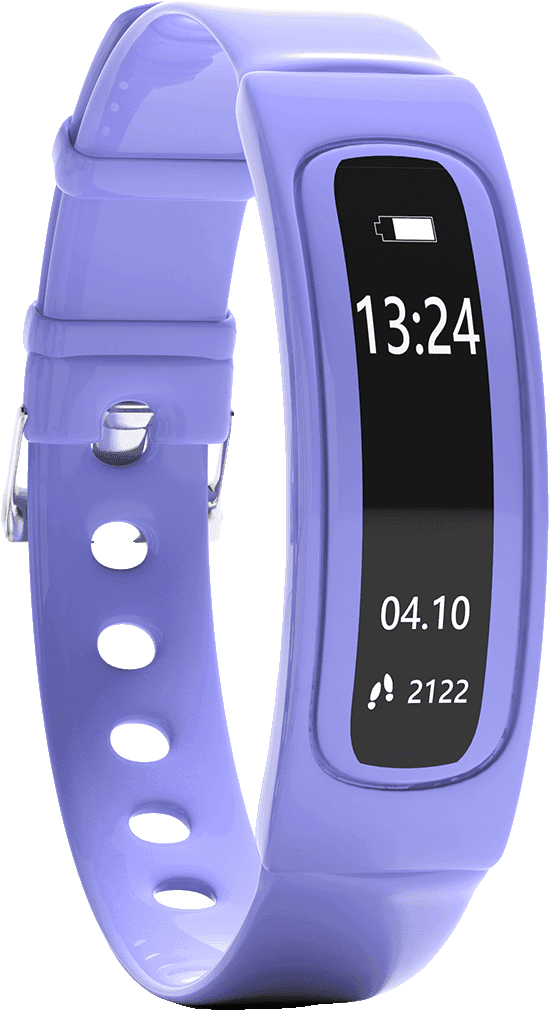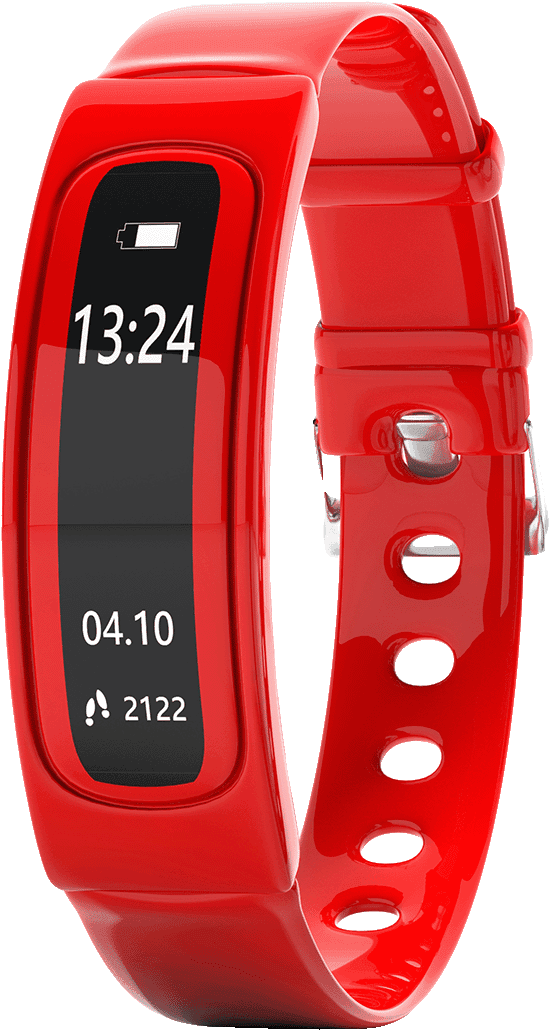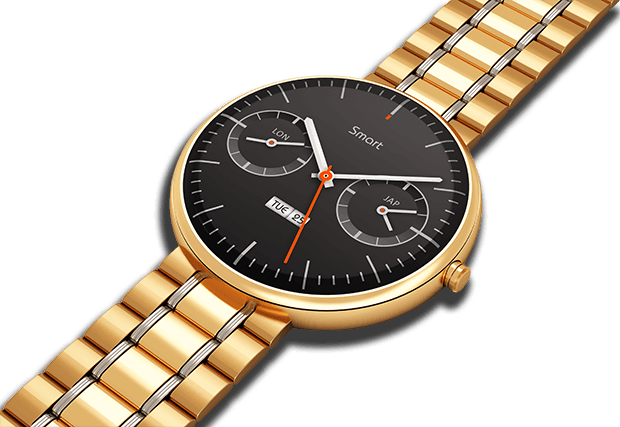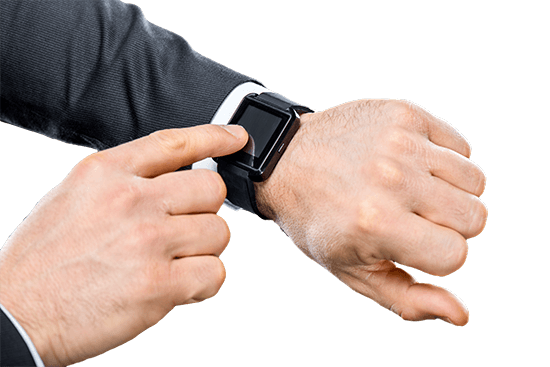Smartwatches
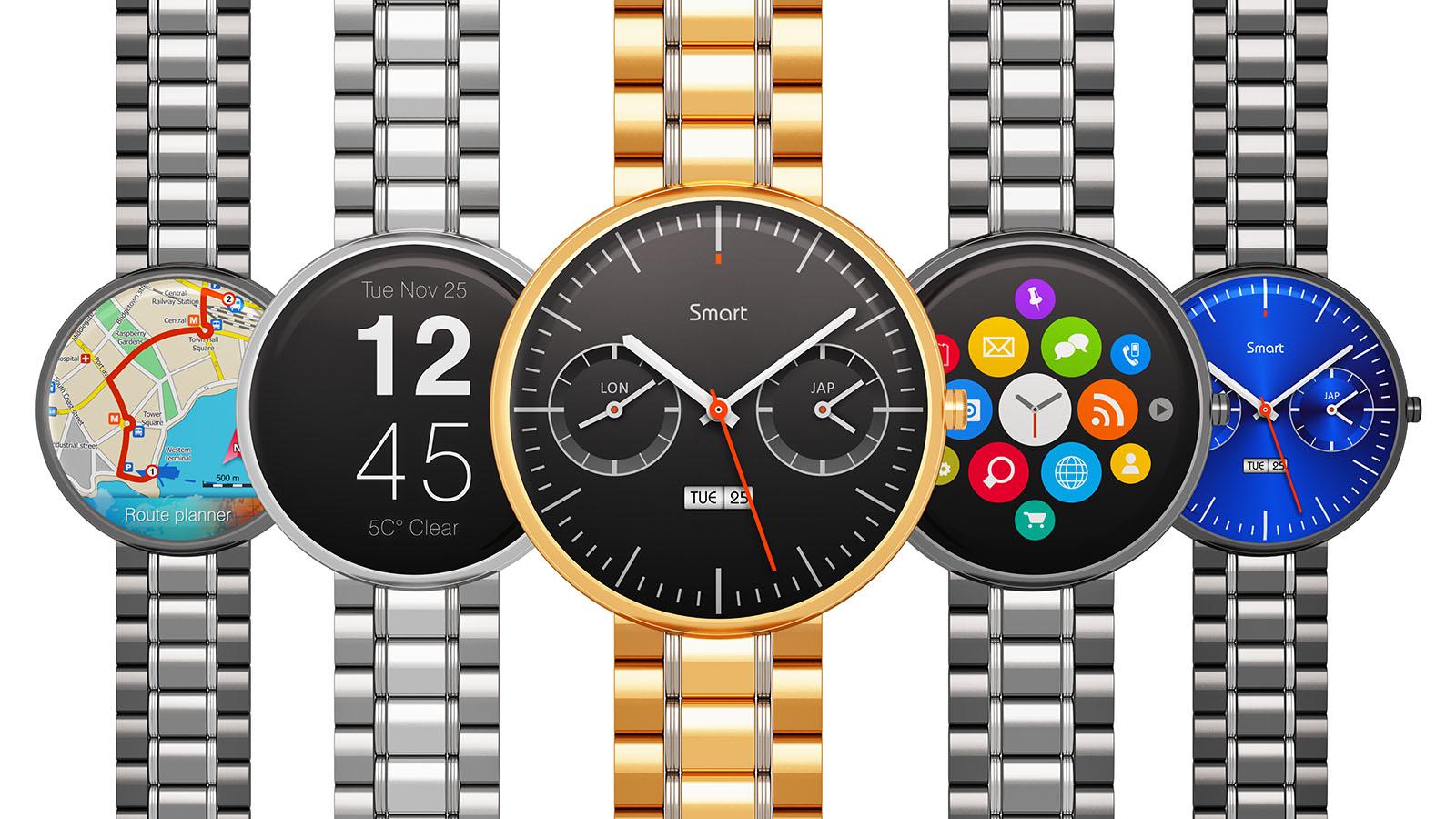
It is difficult to pinpoint exactly when the first "smart" watch was introduced, but one thing is certain: smartwatches will soon be as essential to our daily lives as smartphones. Once little more than novelty movie accessory, these wearable devices are now becoming exponentially more powerful and specialized. Consequently, selecting the best smartwatch for your needs can be a daunting task, especially given that there is no universal strategy for navigating the wearable market.
In the end, locating the best smartwatch requires a delicate balance. There are smartwatches that excel at the majority of functions, as well as those that excel at only a few. There are an abundance of capable watches available at a variety of price points, regardless of your preferences. As the wearables market has continued to expand, companies have sought to increase their market share as much as possible. Such a competitive market necessitates continuous innovation, resulting in smartwatches with shorter and shorter shelf lives. Consequently, if there is a single takeaway from this article, it is that you should purchase a smartwatch with the expectation of its obsolescence, be it technological or aesthetic. However, this does not imply that every model year is accompanied by an improvement; some are little more than a cosmetic update, further muddying the waters.
It is important to understand the semantics of wearable technology in order to choose the best smartwatch for your needs. These terms are frequently used interchangeably, but they refer to distinct animals with varying degrees of functionality. For the purposes of this guide, we have defined them as follows so that the division makes sense.
Smartwatches are wearable devices that function as an extension of a user's smartphone. Fitness trackers are to smartwatches as squares are to rectangles. Consequently, while the majority of smartwatches can perform the functions of a fitness tracker, the converse is not true. The primary distinction between these two types of wearable technology lies in their processing power; smartwatches include a variety of advanced features that allow them to be used for much more than calorie counting or sleep tracking.
In the past, activity trackers were little more than aesthetically pleasing digital pedometers, but their functionality has vastly expanded over time. Current activity trackers resemble pared-down smartwatches in a number of ways. Size and battery life compensate for their lack of features such as Bluetooth connectivity and voice assistant. The primary function of activity trackers is to record fitness metrics such as heart rate and daily steps.
Hybrid Smartwatches combine the classic aesthetics of their analog predecessors with the technological prowess of their digital counterparts. In terms of features, hybrid smartwatches are typically more limited than fully-fledged smartwatches because they lack a touchscreen. Depending on their abilities, they may gravitate toward smartwatches or activity trackers.
